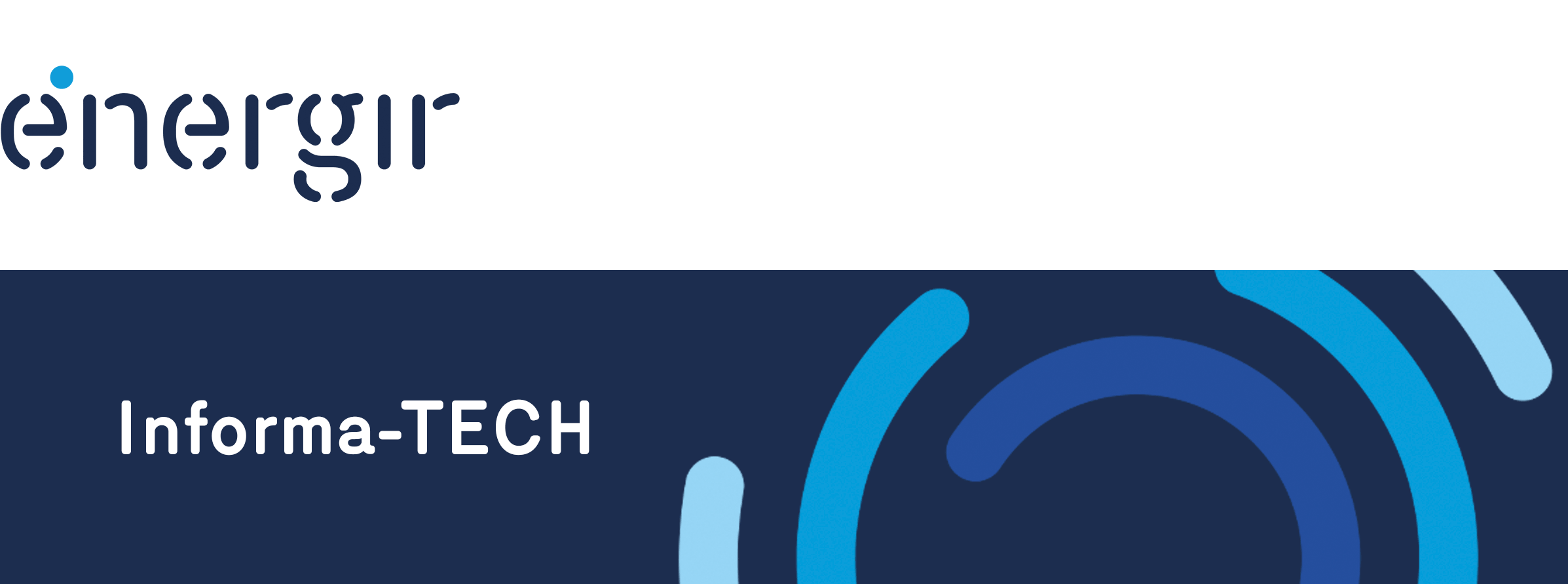
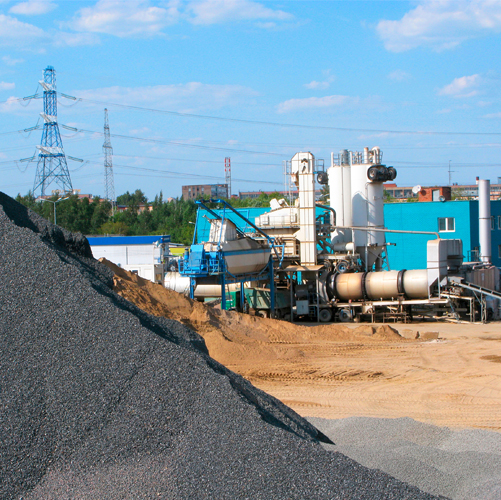
To start, the four energy efficiency measures outlined here can be implemented individually and generate significant economic and environmental gains. But when combined, they maximize energy savings and reduce operating costs and GHG emissions.
The first measure (and the best one, in terms of reducing natural gas consumption) is to protect fine aggregates from the elements with domes or sheds. This simple and effective measure reduces the moisture content of aggregates and has a considerable impact on the energy consumption the process requires. For example, for a plant producing 100,000 MT of asphalt per year, domes or sheds strategically positioned over fine aggregates can avoid heating over 1,000 MT of water.2 In this scenario, natural gas savings can be up to $50,000 per year for a four- to five-year return-on-investment (ROI) period before grants.3
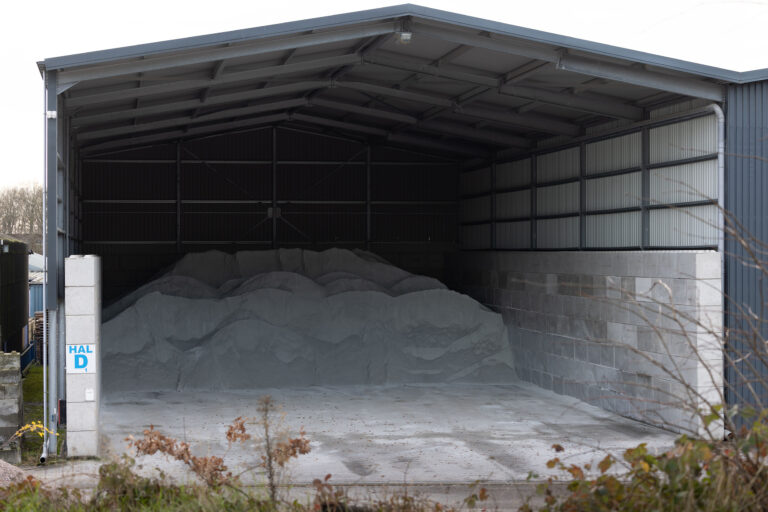
Micromodulation is also recognized for its efficiency. Lever-arm or “linkage” burners on rotary kilns often have difficulty maintaining an optimal air-gas mixture. This results in lower energy efficiency and, consequently, higher energy consumption. The same is true for burners that heat the thermal oil used to keep bitumen at high temperature in storage tanks, where suboptimal control can lead to significant efficiency losses.
Micromodulation uses electronic controls and servomotors to adjust the air-to-gas ratio in the burner to maintain optimal natural gas combustion at all times, unlike a traditional system. For example, a micromodulated 100 MMBtu burner can provide annual savings of 60,000 m3 of natural gas compared to a lever-arm system during the annual production period of a 100,000 MT pavement plant.4 The return-on-investment period can vary from five to fifteen years,5 depending on whether the burner is completely replaced or modified. To encourage this, Énergir offers a grant6 of up to 50% of eligible costs under the Implementation component of its energy efficiency program, which helps shorten the return-on-investment period.
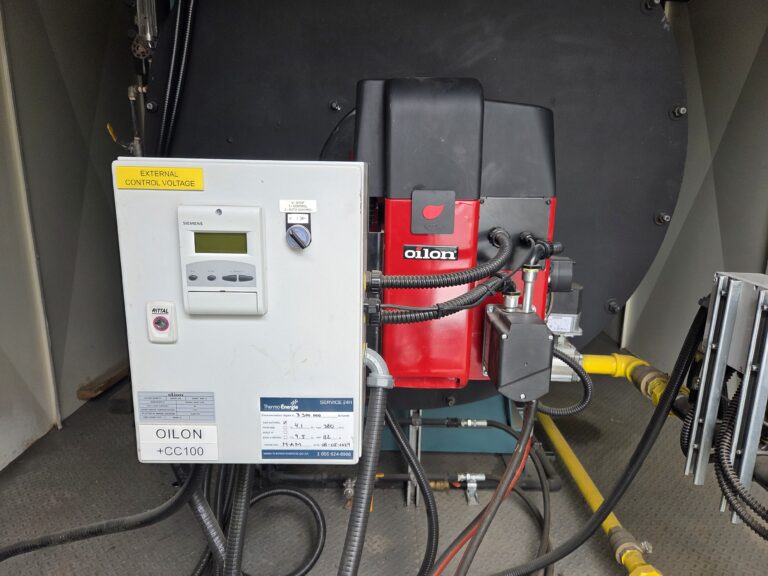
To act as a binder between the aggregates until onsite application, bitumen must be maintained at a high temperature, usually through a thermal oil system that indirectly heats the material. Insulating these pipes and tanks is essential for system efficiency and, consequently, for maintaining the bitumen at the required temperature. As part of the Implementation component of its energy efficiency program, Énergir offers assistance7 of $1 per m3 of gas saved to insulate this loop if the eligibility criteria are met. The cost effectiveness of this measure varies according to the requirements and conditions of each site.
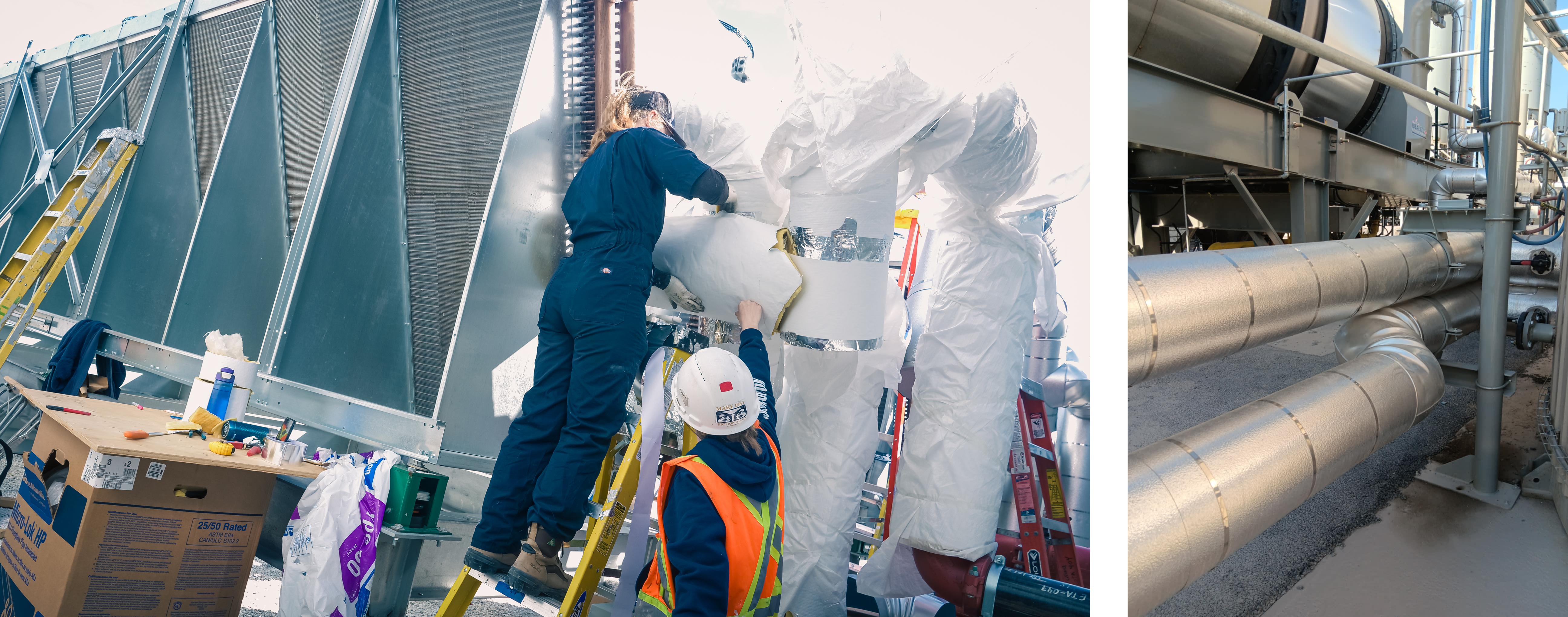
The fourth measure is to prevent or seal air leaks in the rotary kiln to improve heat exchange between the different components. Air leaks are common in rotary kilns and are detrimental to their energy efficiency, since the chamber has to be overheated to reach the desired temperature for mixing. Excess air due to leaks therefore directly affects rotary kiln efficiency. A leak detection and sealing protocol is an excellent, low-cost way of reducing heat loss. In addition, a kiln can be equipped with high-performance insulating materials to prevent heat loss through the oven envelope, as our colleague Omar El-Rouby explains in this article.
There are many other ways to improve the energy efficiency of a pavement plant, such as choosing darker colours for storage tanks and silos or installing enclosed kilns to better manage environmental variables; however, these solutions are less proven than the ones we’ve just discussed.
That said, while the average Canadian plant consumes about 7.25 m3 of natural gas to produce one tonne of pavement,8 the implementation of energy efficiency measures in the industry has demonstrated its ability to improve, often significantly, the cost effectiveness and carbon footprint of pavement production.
Lastly, sites wishing to improve their energy and environmental performance may be eligible for financial and technical support from Énergir if they meet the eligibility criteria. The terms and conditions of our programs are constantly evolving to better meet the needs of our customers. Please contact the DATECH team directly at [email protected]. We’ll be happy to advise you and provide personalized support for your energy efficiency projects.
André-Olivier Piché, Eng.
Senior Advisor, Energy expertise
Guillaume Barrette, CPE.
Assistant Advisor, Energy Expertise
Continue reading
© 2024, Énergir